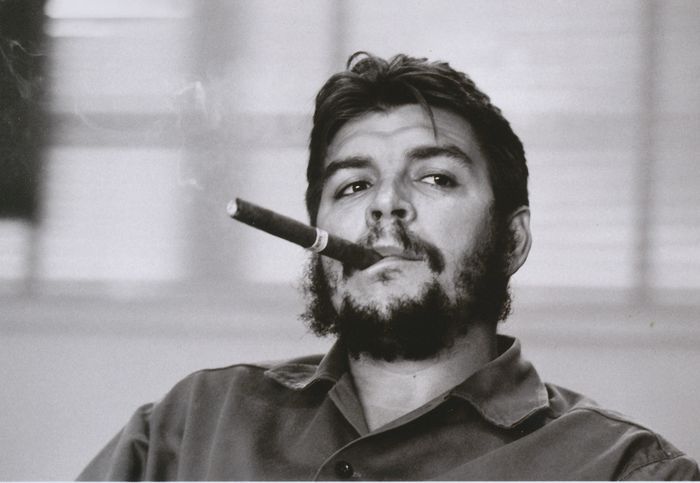
Views: 1364
Che Guevara, an Argentinian and a doctor by profession, had travelled across South America in the 1950s dreaming about overturning the United States’ capitalist exploitation of Latin America after witnessing acute hunger and poverty in the region. His opportunity to do so presented itself in 1955 in Mexico when he met Fidel Castro, a Cuban revolutionary.
Che Guevara, Fidel Castro and his brother Raul Castro then sailed to Cuba to rebel against the government. In Cuba, they led a two-year guerrilla campaign and war where Guevara rose to prominence and was promoted to second-in-command.
The war was eventually won in in 1959 and the brutal US backed dictator, Fulgencio Batista, was deposed and Castro assumed the political and military power as the Prime Minister of Cuba.
Castro’s initial promises to the Cuban people about elections and democracy quickly dissipated, to be replaced by a brutal Communist dictatorship, headed by him and his lieutenant Che.
Castro and Che rounded up at least 100,000 Cubans and put them in concentration camps, tens of thousands of them ended up being executed after going through a Kangaroo trial.
Once in power, Che Guevara assumed the role of sole jury and executioner under Fidel Castro’s regime, in 1950’s Cuba. The body count is hard to pin down with accuracy, but Che himself admitted to ordering hundreds of executions at La Cabaña during the first year alone.
Many individuals imprisoned at La Cabaña, including human rights activist Armando Valladares, testify that Guevara took a personal interest in the interrogation, torture, and the execution of countless of political prisoners.
Those who managed to survive say he frequently delivered the killing blow himself in the side of the victim’s head with his own pistol. In a speech in front of the United Nations in 1964, Guevara proudly admitted that “yes, we have executed, we are executing, we will continue to execute.”
On the whole, the “Black Book of Communism” estimated that between 15,000 and 17,000 people were executed by Che, Castro and the Cuban Communist regime.
Che’s credo was: “if in doubt, kill him” and on various occasions people were executed according to his whims. He boasted of murdering Eutimio Guerra, after he suspected him of being a traitor, bragging in his diary how he “ended the problem with a .32 caliber pistol, in the right side of his brain.”
He believed in doing anything it took to achieve “the greater good” he envisioned for Cuba. During the Cuban Missile Crisis of 1962, Guevara favored engaging in nuclear war to “build a better world.” After the crisis was averted he lamented Soviet inaction, stating that if the missiles had been under Cuban control, he would have fired them.
“At every stage of his adult life,” the Cuban American historian Alvaro Vargas Llosa noted of Guevara, “his megalomania manifested itself in the predatory urge to take over other people’s lives and property, and to abolish their free will.”
Despite all of that, Che Guevara, the executioner, mass killer and totalitarian tyrant, remains, for more than 40 years after his death, the iconic emblem of ignorant “idealists” all over the world.
And today this murderer is admired by empty headed useful idiots worldwide, who ignorantly and proudly wear his image on their shirt, when they go for “pro democracy”, “human rights” and “anti war” demonstrations.
Originally published on 2019-06-14
Source: Dispropaganda
Origins of images: Facebook, Twitter, Wikimedia, Wikipedia, Flickr, Google, Imageinjection, Public Domain & Pinterest.
Read our Disclaimer/Legal Statement!
Donate to Support Us
We would like to ask you to consider a small donation to help our team keep working. We accept no advertising and rely only on you, our readers, to keep us digging the truth on history, global politics, and international relations.
FOLLOW US ON OUR SOCIAL PLATFORMS








